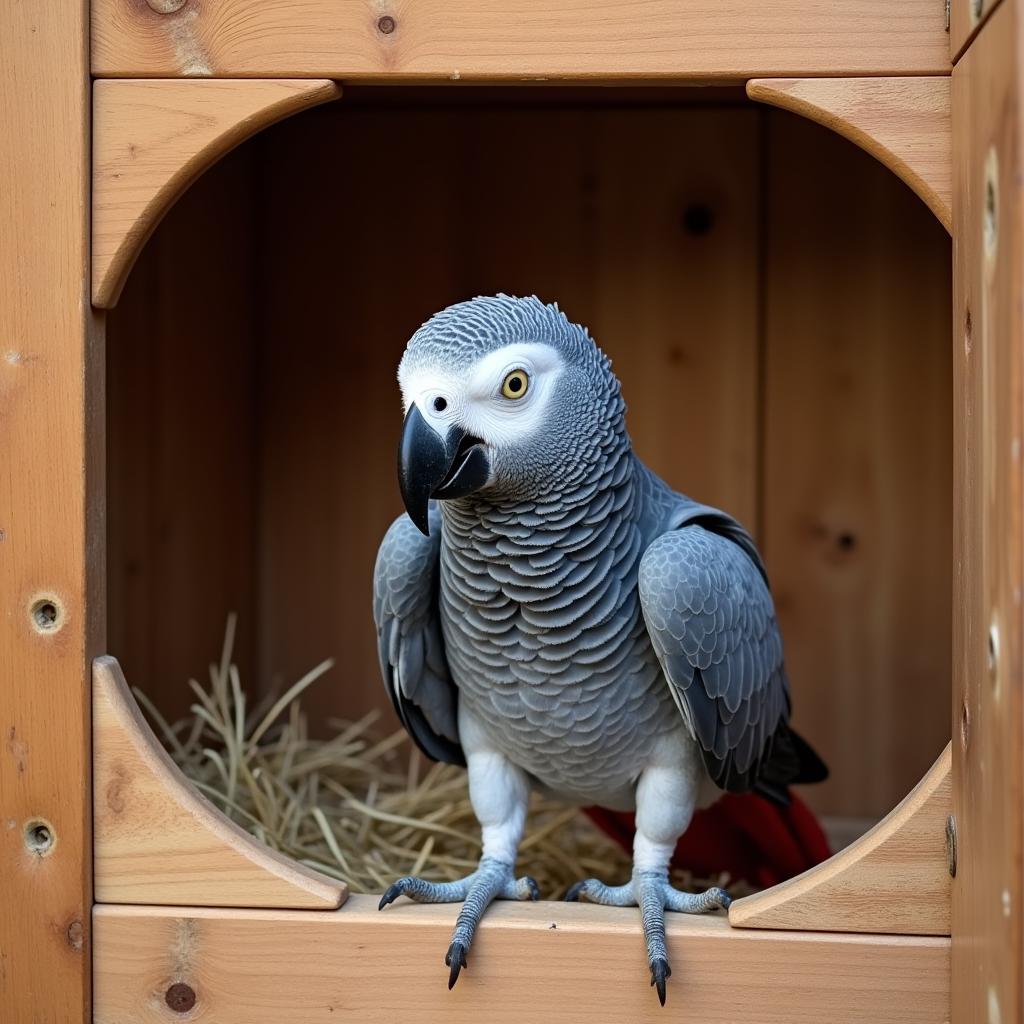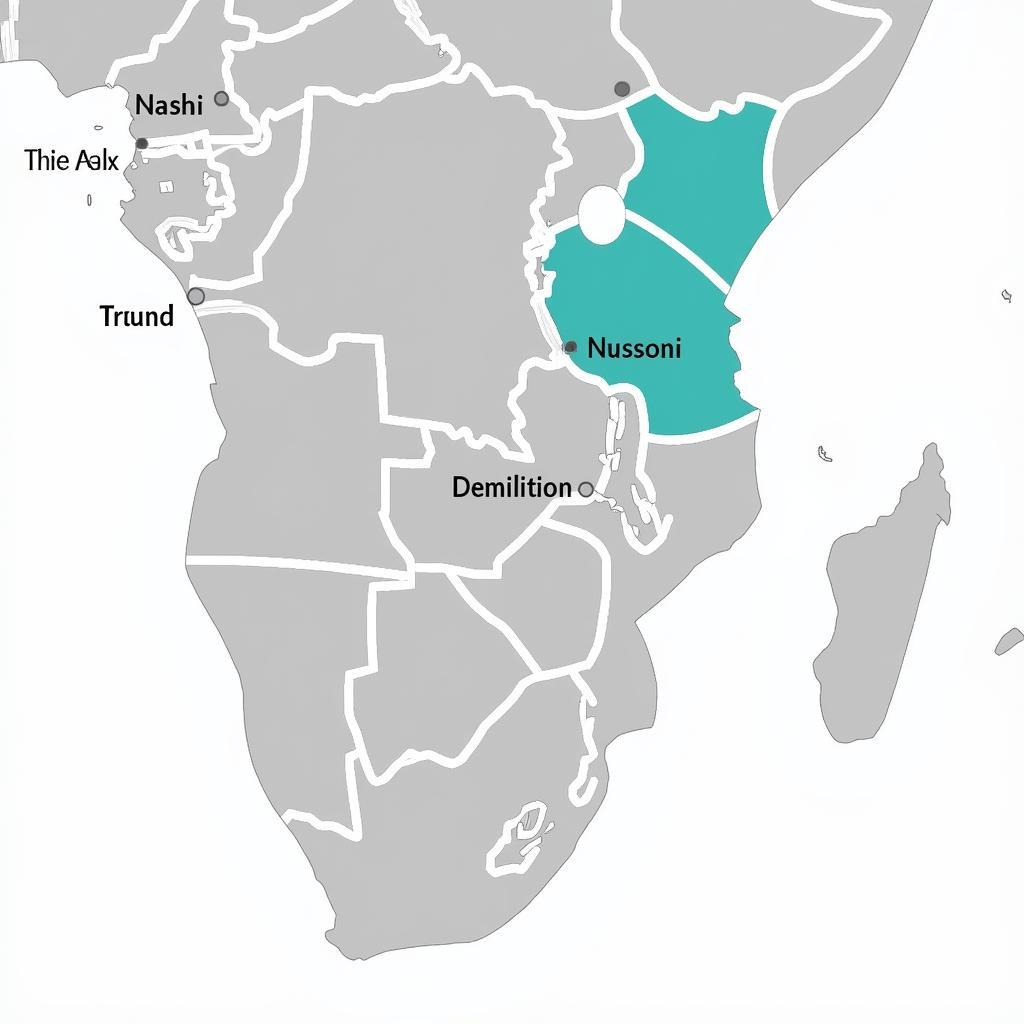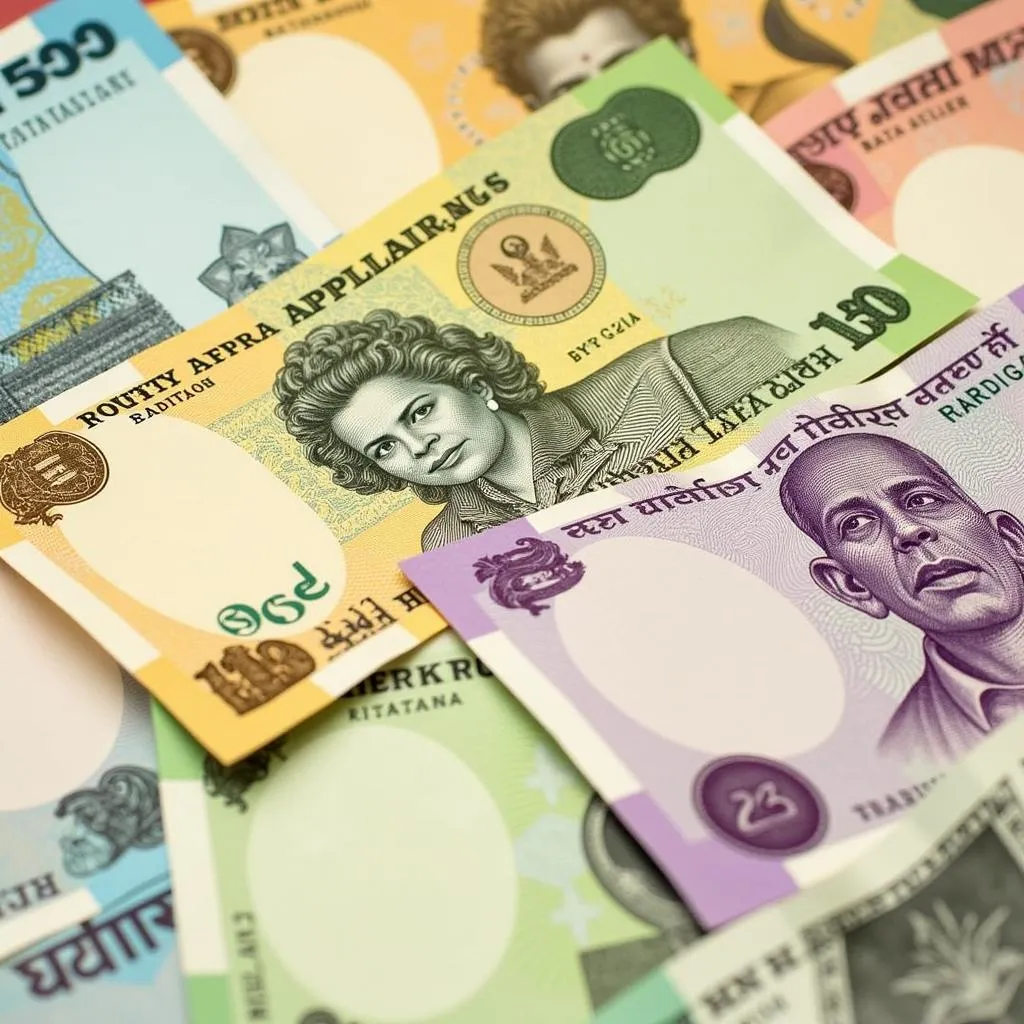The Vibrant Beauty of the African Daisy Gazania
The African Daisy Gazania, a vibrant and cheerful flower, hails from Southern Africa. Known for its striking, daisy-like blooms, gazanias add a splash of color to any garden or landscape. Let’s dive into the captivating world of these sun-loving beauties and discover their origins, care, and cultural significance.
Gazanias are a treasure from Southern Africa, including countries like South Africa, Mozambique, Tanzania, and Angola. They thrive in warm, sunny climates and are well-suited to dry conditions. Their daisy-like flowers come in a dazzling array of colors, from fiery oranges and reds to sunny yellows and delicate pinks, often with contrasting stripes or rings. What’s more, these beauties close their petals at night or on cloudy days, reopening when the sun returns.
Unveiling the African Daisy: Gazania’s Origins and Characteristics
The genus Gazania was named in honor of Theodorus Gaza, a 15th-century Italian scholar who translated the botanical works of Theophrastus, an ancient Greek botanist. This nomenclature reflects the historical appreciation for the flower’s beauty and botanical significance. Gazanias belong to the Asteraceae family, which includes other popular flowers like sunflowers and daisies. They are known for their low-maintenance nature, making them a popular choice for gardeners of all skill levels.
Gazanias are more than just pretty faces; they are drought-tolerant perennials, making them ideal for xeriscaping or rock gardens. Their foliage is typically dark green, providing a striking contrast to the vibrant blooms. They attract pollinators like bees and butterflies, adding life and vibrancy to any garden setting.
You can learn more about African flowers through resources like African flowers drawings.
Cultivating Gazania: Tips for Growing African Daisies
Growing gazanias is relatively simple. They prefer full sun and well-drained soil. While they can tolerate some drought, regular watering, especially during dry periods, will help them flourish. Deadheading spent blooms encourages more flowers to develop, extending the blooming season. Propagating gazanias is easily done through seeds or cuttings, allowing you to expand your collection and share the beauty of these flowers with others.
Looking for other unique African flowers? Explore more African flower names and meanings to discover the rich diversity of floral beauty on the continent.
Gazania’s Cultural Significance and Uses
While the cultural significance of gazania isn’t as widely documented as some other flowers, its vibrancy and beauty have certainly earned it a place in gardens and hearts across the globe. In some cultures, bright, cheerful flowers like gazanias are associated with joy, happiness, and positive energy. They can be used in floral arrangements, adding a touch of exotic charm to bouquets and centerpieces.
Gazania: A Versatile Beauty for Every Garden
Whether you’re a seasoned gardener or just starting out, gazanias are a rewarding and easy-to-grow addition to any garden. Their stunning colors, low maintenance, and drought tolerance make them a versatile choice for various landscaping styles. From borders and containers to rock gardens and xeriscapes, gazanias bring a touch of African sunshine to any setting.
Browse a collection of African daisy flower images to appreciate the full spectrum of their beauty.
Frequently Asked Questions (FAQ) about African Daisy Gazania
- What is the best time to plant gazanias? Spring is the ideal time to plant gazanias after the last frost.
- How often should I water gazanias? Water regularly, especially during dry spells, allowing the soil to dry slightly between waterings.
- Do gazanias need fertilizer? A light feeding of balanced fertilizer in spring is beneficial.
- How do I propagate gazanias? Gazanias can be propagated through seeds or cuttings.
- Are gazanias attractive to pollinators? Yes, they attract bees and butterflies.
- How long do gazania blooms last? Individual blooms last for a few days, but the plant continues to produce new flowers throughout the summer.
- Are gazanias annuals or perennials? Gazanias are tender perennials, meaning they can survive mild winters but are often grown as annuals in colder climates.
Conclusion
The African daisy gazania, with its vibrant colors and easy-going nature, is a true gem in the gardening world. From its South African origins to its widespread cultivation across the globe, this cheerful flower brings a touch of sunshine wherever it grows. So, why not add a splash of African vibrancy to your garden with the beautiful and captivating gazania?
You might also be interested in reading about other African flowers and their symbolic meanings. We have a great article on our website discussing the unique characteristics of different African flower species. For further inspiration, you can explore our gallery showcasing stunning photographs of African daisies and other beautiful blooms.
When you need assistance, please contact us via Phone: +255768904061, Email: kaka.mag@gmail.com or visit us at Mbarali DC Mawindi, Kangaga, Tanzania. We have a 24/7 customer service team.




